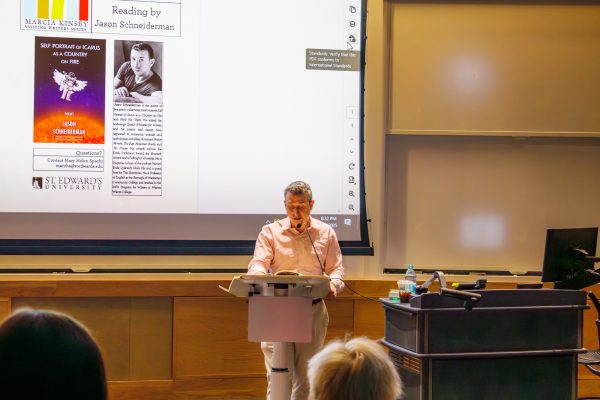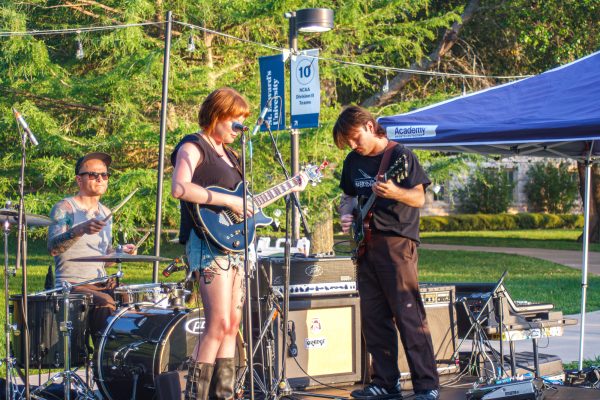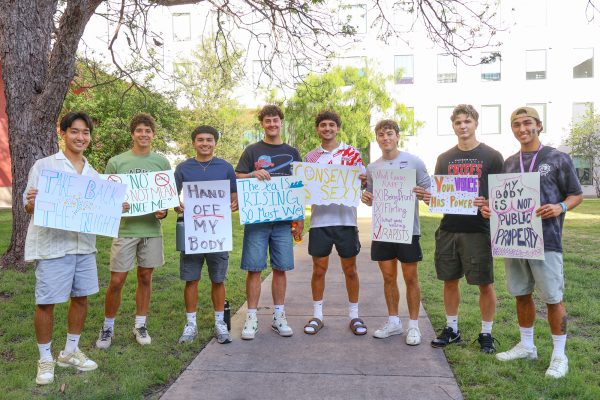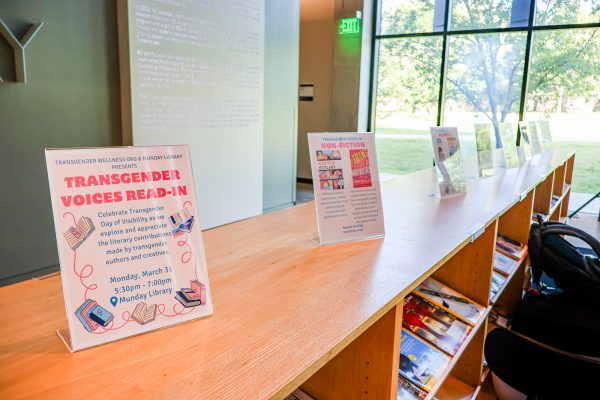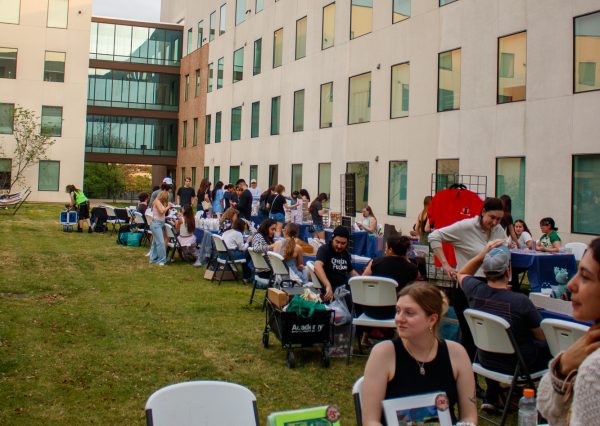Documentary on Ukraine revolution mixes live-action with commentary
A high-definition camera zooms out, panning over thousands of people chanting, “Shame! Shame!” These Ukrainian civil activists have just learned then-President Viktor Yanukovych has deliberately failed to sign Ukraine into the European Union.
“What will happen to the future of our children?” Someone shouts.
All of a sudden the Berkut, the Ukrainian special police force, swarms to meet civil activists in the square.
The peaceful gathering quickly morphs into catastrophe as the Berkut mercilessly beat every civilian in sight with iron baseball bats instead of plastic ones. People begin running, screaming and crying while the Berkut silently continue their pursuit.
The year is 2013.
In the documentary “Winter on Fire: Ukraine’s Fight for Freedom,” this video clip and the many others like it seem misplaced, looking more like excerpts from the latest “Hunger Games” trailer than a modern day event. But as the documentary reveals, this political turmoil is as far from fiction as possible for the people of Ukraine.
Directed by Evgeny Afineevsky, “Winter on Fire” captures the 93 days of peaceful student demonstrations morphing into a violent revolution, now known as the Euromaidan protests. The documentary itself is so recent, taking place in Ukraine during 2013 and 2014, that the film feels like a journalist’s dream segment on the nightly news.
Produced in part by Netflix, “Winter on Fire” made its debut on the popular streaming service on Oct. 9, after having played at various film festivals like the 2015 Toronto International Film Festival, where the documentary won the Grolsch People’s Choice Documentary Award.
“Winter on Fire” masterfully combines live-action footage with depthy commentary, undoubtedly speaking to the grit of the Ukraine people.
One of many Ukrainians interviewed, singer Ruslana Lyzhchko exclaims during one rally, “No beating shall be forgotten.”
At another scene, activists build barricades in the dead of winter, using barbed wire, overturned park benches, and industrial blow torches lent out by sympathizers.
When the Berkut strike, they carry their dead to the sidewalk, or behind cars to avoid further bullet wounds. It’s the civil thing to do.
To me, this modern reality becomes increasingly reminiscent of demonstrations held in 18th century Europe. I found myself questioning, why is this going unchecked? Where is everyone? Where is the United States? Russia?
The answer lies in the problem. “Winter on Fire” captures the pain of a people dangerously caught between warring superpowers.
From the west, the European Union and United States, and from the east, Russia and its allies.
So, while thousands of people chant for their lives in Kiev square, composer Jasha Klebes music score, a tragic, sweet, tune embraces them. Aside from this orchestral accompaniment, the Ukrainians are alone in their struggle.
Afineevskys’ film ends on somewhat of a cliff-hanger. But then again, how could it not?
With Russian forces advancing and parts of Ukraine being controlled by Russian-nationalists, the season for “Winter on Fire” has yet to end.
Personally, I’m waiting for a second Afineevsky documentary. In the next one, hopefully there will be life instead of death.


